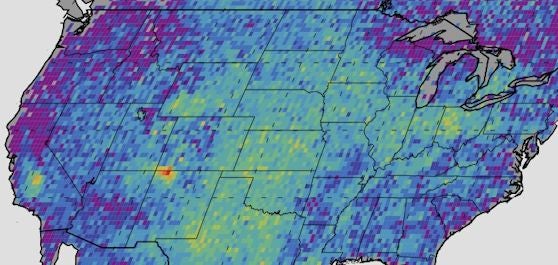
A new study led by researchers with Colorado School of Mines exposes limitations with the current methods used to detect chemicals in oilfield wastewater and offers solutions to help regulators make better decisions for managing this waste stream.
Oilfield wastewater is extremely salty and can contain multiple combinations of many potentially harmful chemicals (approximately 1600 on a national basis). However, most standard or approved analytical methods available to regulators were designed to work with fresh water. Because oil and gas wastewater is so salty—sometimes 10 times saltier than seawater or more—chemists often have to dilute wastewater samples to manage the high salt content.
This means they may also be diluting chemicals of concern to concentrations too low to detect, even though they may be present at risky levels. For example, benzene is a chemical associated with petroleum hydrocarbons and a known carcinogen. It also has a drinking water standard of 5 parts per billion – that’s 5 cents in 10 million dollars. It really doesn’t take much dilution of a sample to lose that level of precision. Read More













 The United States produces approximately 33 trillion cubic feet of natural gas each year. A majority of this gas is converted to electricity at power plants or used for industrial purposes, but about one third ends up making the journey from the well head, through underground pipelines, and into our homes and businesses. How much of this gas gets lost along the way—whether it’s through leaky equipment or other factors—is important because of the
The United States produces approximately 33 trillion cubic feet of natural gas each year. A majority of this gas is converted to electricity at power plants or used for industrial purposes, but about one third ends up making the journey from the well head, through underground pipelines, and into our homes and businesses. How much of this gas gets lost along the way—whether it’s through leaky equipment or other factors—is important because of the